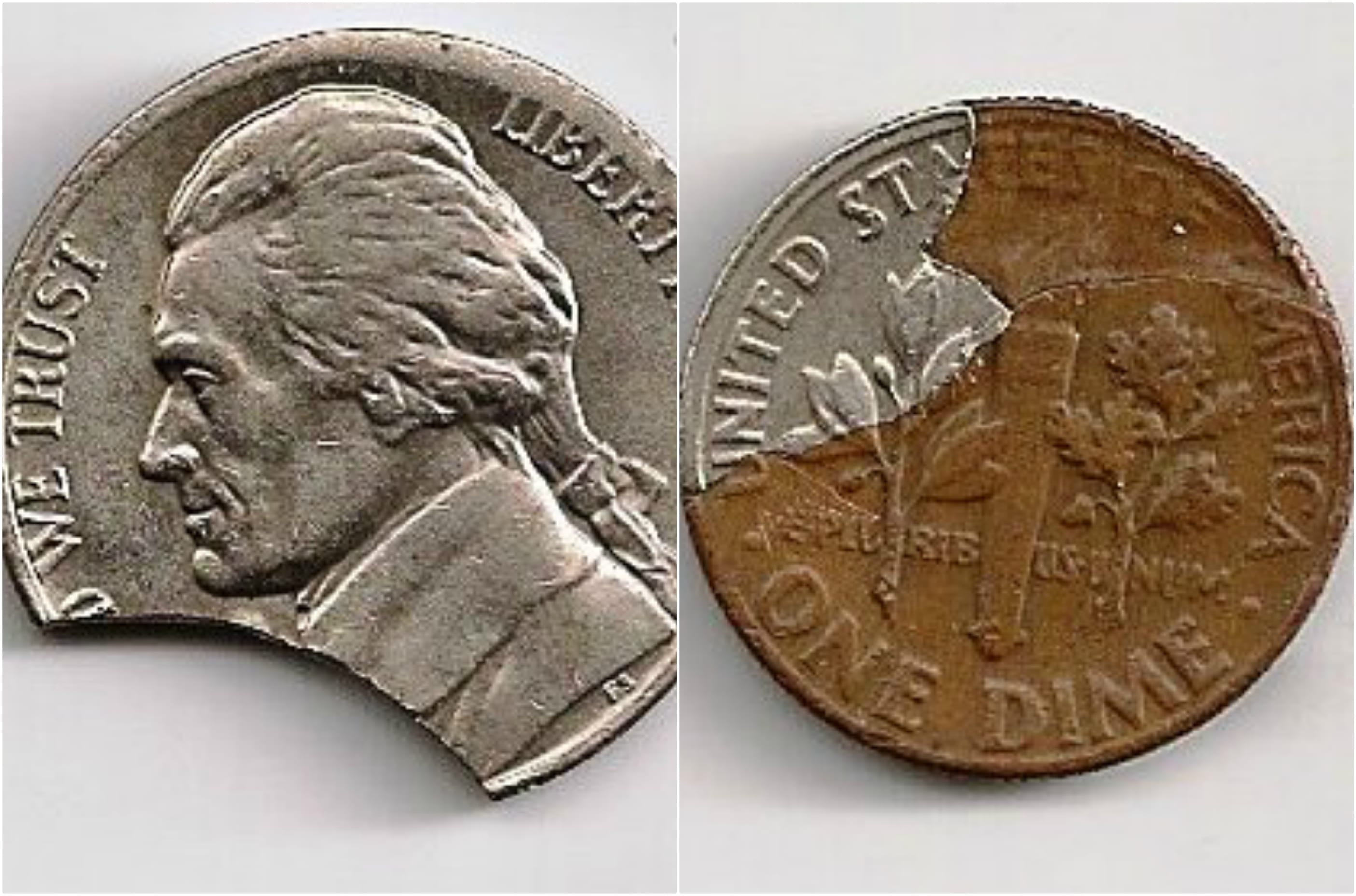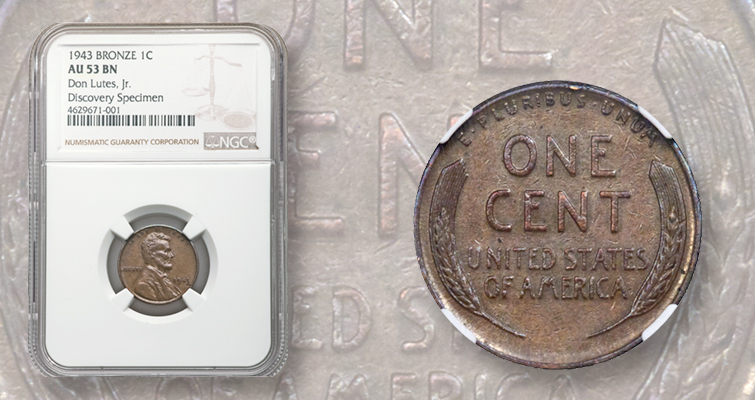
Losing Someone

Fairview Rehabilitation Center

After his wife passed away, Lutes moved into the Fairview Rehabilitation Center. And this is where he ended up spending the rest of his years in this World. His time was mostly taken up by his club activities or volunteering at the library. He mostly kept to himself and had a few close friends he was in touch with, some of them were part of the coin club.
The Painful Decision

Decades went by after Lutes tucked away his precious coin collection in his case. He never tried to sell it to anyone or even talk about it. In fact, he turned down numerous offers from buyers who were interested, especially in the Lincoln penny. It wasn’t until years later when his health began to decline that Lutes decided to part ways with his collection. He believed “it should reach a good home”.
Peter Karpenski
 There is another person who played an important role in bringing this story together. That person is Peter Karpenski, a dear friend of Lutes. He went to visit him one day at Fairview Rehabilitation Center, which is where he was living after his wife passed away. He expected to catch up with an old friend, however, he never knew Lutes will ask him to be the consignor of the 1943 Lincoln copper penny.
There is another person who played an important role in bringing this story together. That person is Peter Karpenski, a dear friend of Lutes. He went to visit him one day at Fairview Rehabilitation Center, which is where he was living after his wife passed away. He expected to catch up with an old friend, however, he never knew Lutes will ask him to be the consignor of the 1943 Lincoln copper penny.
The Big Reveal
Once Lutes decided to sell his collection, that is when the coin managed to find its way to Heritage Auctions, a Dallas based Auction House. Lutes did not even know the response he is going to receive from the buyers. People were extremely surprised by the sight of that coin as the 1943 copper penny is believed to be ‘the most famous error coin’.
The Accident
 According to Heritage Auctions, the 1943 copper penny was an accident, an error of production. Around the end of 1942, a small number of bronze planchets (used to stamp a coin) got caught in the trapdoors of the mobile tote bins and went unnoticed when they were filled with zinc-coated steel planchets in 1943. As stated by Heritage Auctions, “They eventually became dislodged and were fed into the coin press, along with the wartime steel blanks.”
According to Heritage Auctions, the 1943 copper penny was an accident, an error of production. Around the end of 1942, a small number of bronze planchets (used to stamp a coin) got caught in the trapdoors of the mobile tote bins and went unnoticed when they were filled with zinc-coated steel planchets in 1943. As stated by Heritage Auctions, “They eventually became dislodged and were fed into the coin press, along with the wartime steel blanks.”

